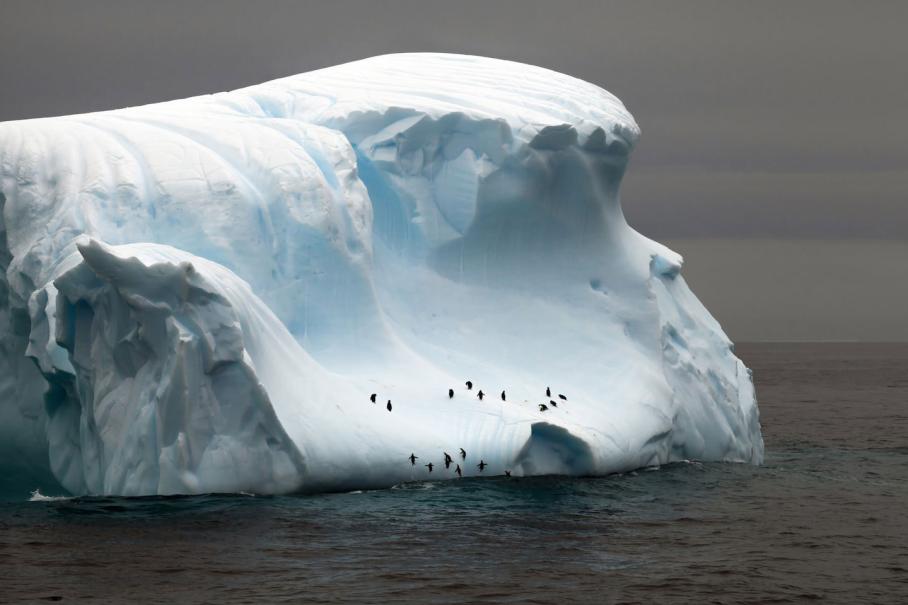Polar Regions: A Delicate Balance of Life and Environment
The Polar regions, encompassing the Arctic and Antarctic, are Earth's most extreme and fragile ecosystems. These vast and icy landscapes are home to unique and diverse flora and fauna, adapted to survive in conditions of extreme cold, lack of sunlight, and seasonal changes. However, these regions are facing unprecedented environmental challenges, threatening their delicate balance of life and environment.

Biodiversity And Adaptation In Polar Ecosystems
- The Polar regions are home to a wide range of species, including Polar Bears, Penguins, Arctic Foxes, Seals, and Whales.
- These species have evolved remarkable adaptations to survive in the harsh conditions, such as thick fur, blubber layers, and specialized hunting and feeding strategies.
- The Polar ecosystems are characterized by intricate food webs and interdependent relationships between species, maintaining a delicate ecological balance.
Environmental Challenges And Threats
- Climate change is causing rapid warming in the Polar regions, leading to melting ice, rising sea levels, and changes in weather patterns.
- Melting ice is reducing the habitat available for Polar species, disrupting their breeding and feeding grounds.
- Ocean acidification, caused by increased carbon dioxide absorption, is harming marine life, including shellfish and corals.
- Human activities, such as resource exploitation, pollution, and increasing tourism, are also contributing to the degradation of Polar environments.
Human Influence And Sustainable Development
- Human activities in the Polar regions include scientific research, resource extraction, and increasing levels of tourism.
- Responsible and ethical practices are essential to minimize the negative impact on the environment and indigenous communities.
- International collaborations and regulations are needed to ensure the long-term protection and preservation of the Polar regions.
Resilience And Adaptation Strategies
- Indigenous communities and local ecosystems have demonstrated remarkable resilience and adaptation strategies in response to changing conditions.
- Traditional knowledge and cultural practices play a vital role in preserving the ecological balance of the Polar regions.
- Scientific research and monitoring are crucial for understanding and mitigating the effects of environmental changes.
The Polar regions are a testament to the Earth's incredible diversity and resilience. However, these regions are facing unprecedented challenges that threaten their delicate balance of life and environment. Global efforts are urgently needed to protect and sustain these regions for their ecological, environmental, and cultural value. Responsible and collaborative actions are essential to ensure the long-term viability and resilience of the Polar ecosystems, preserving them for generations to come.
YesNo

Leave a Reply